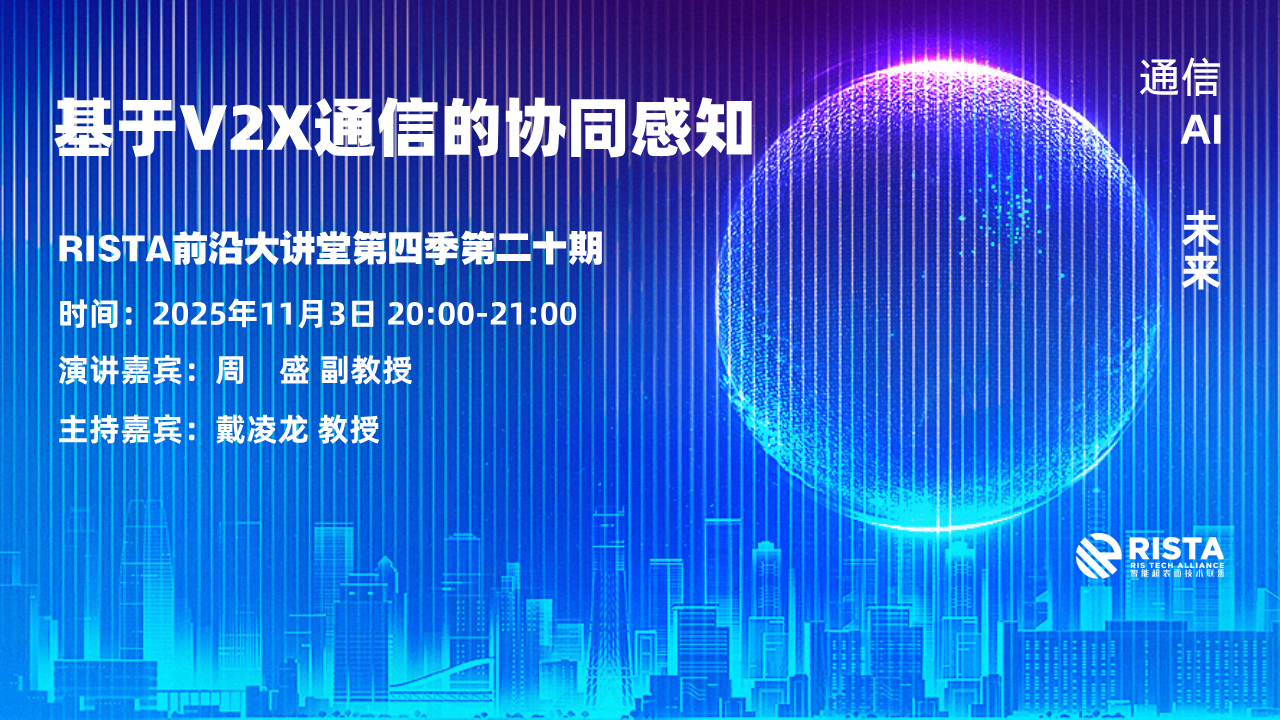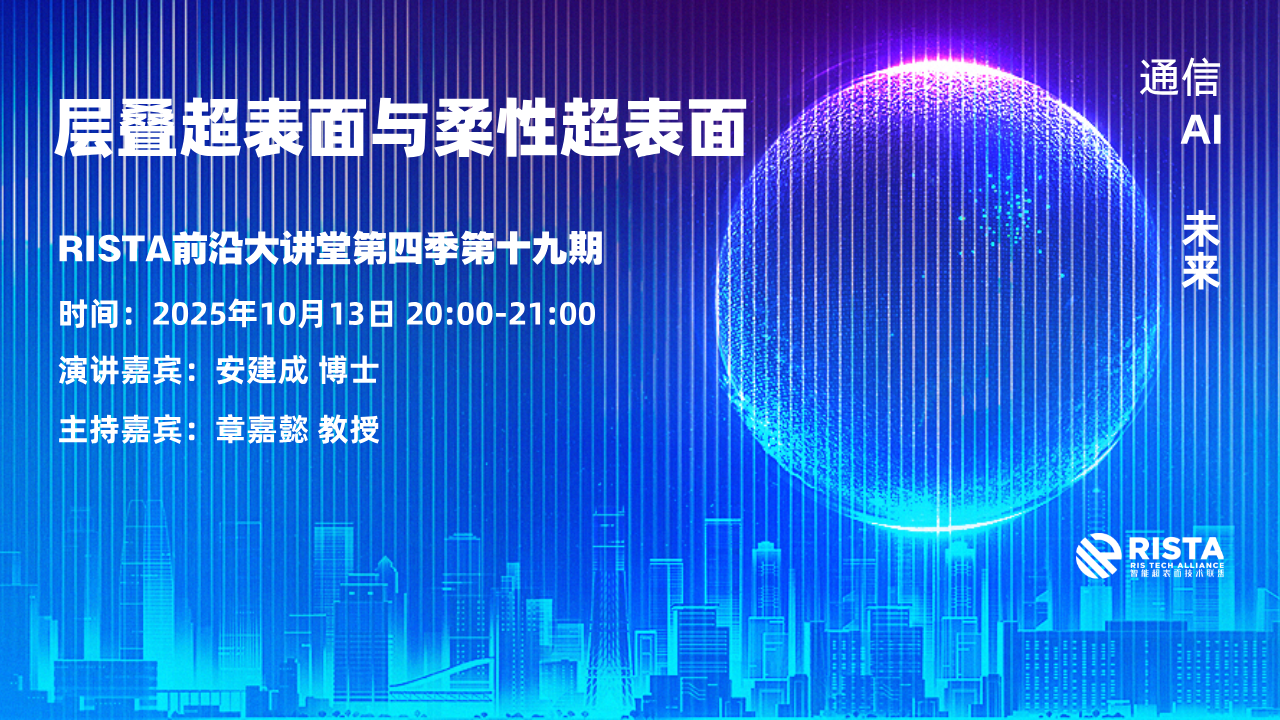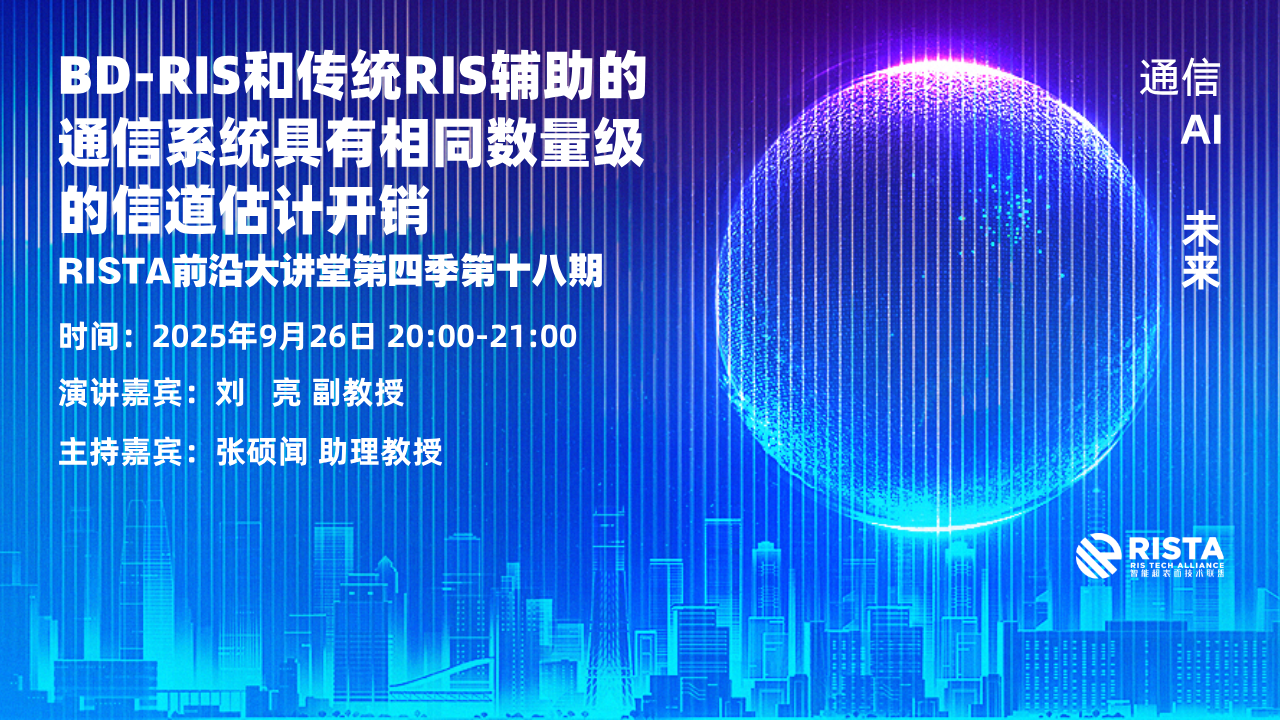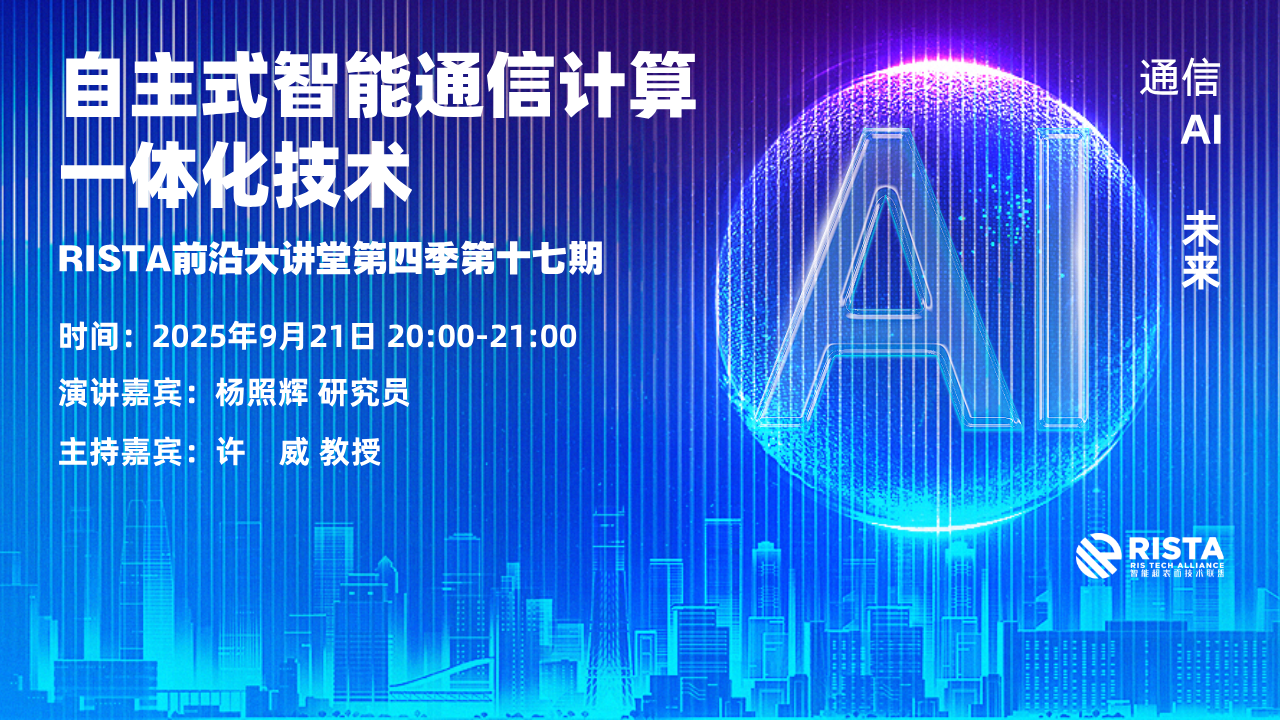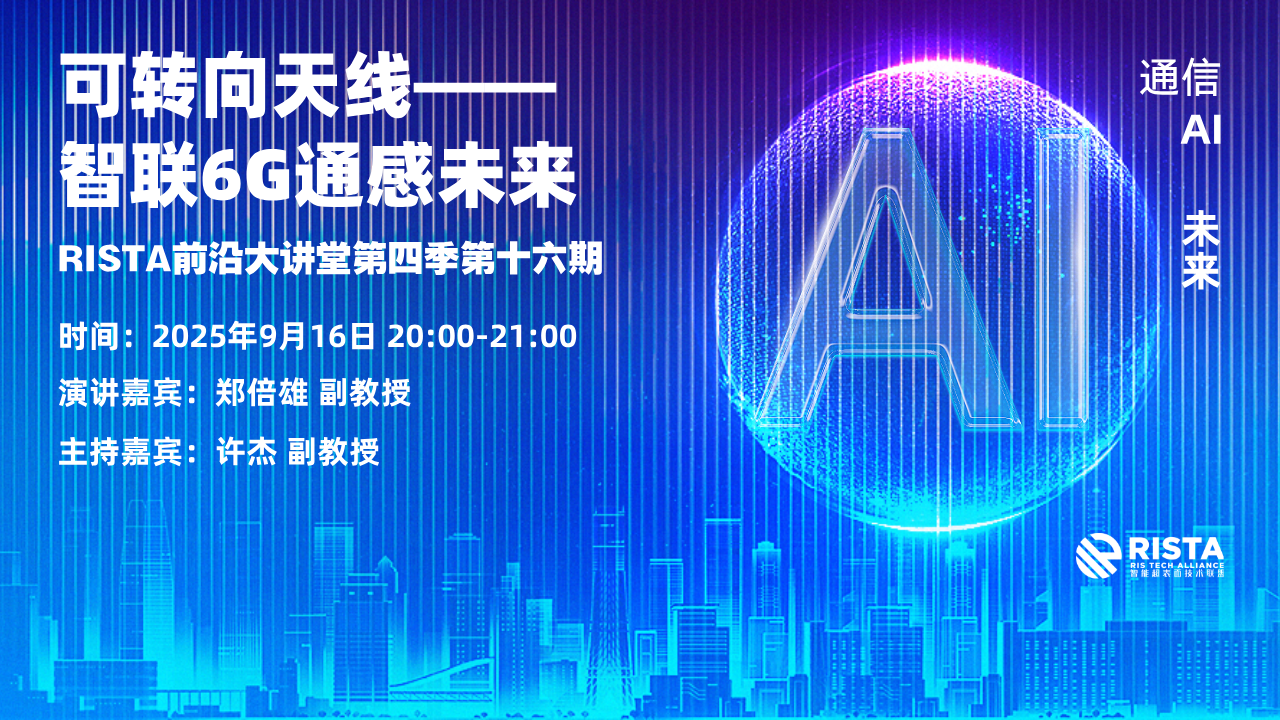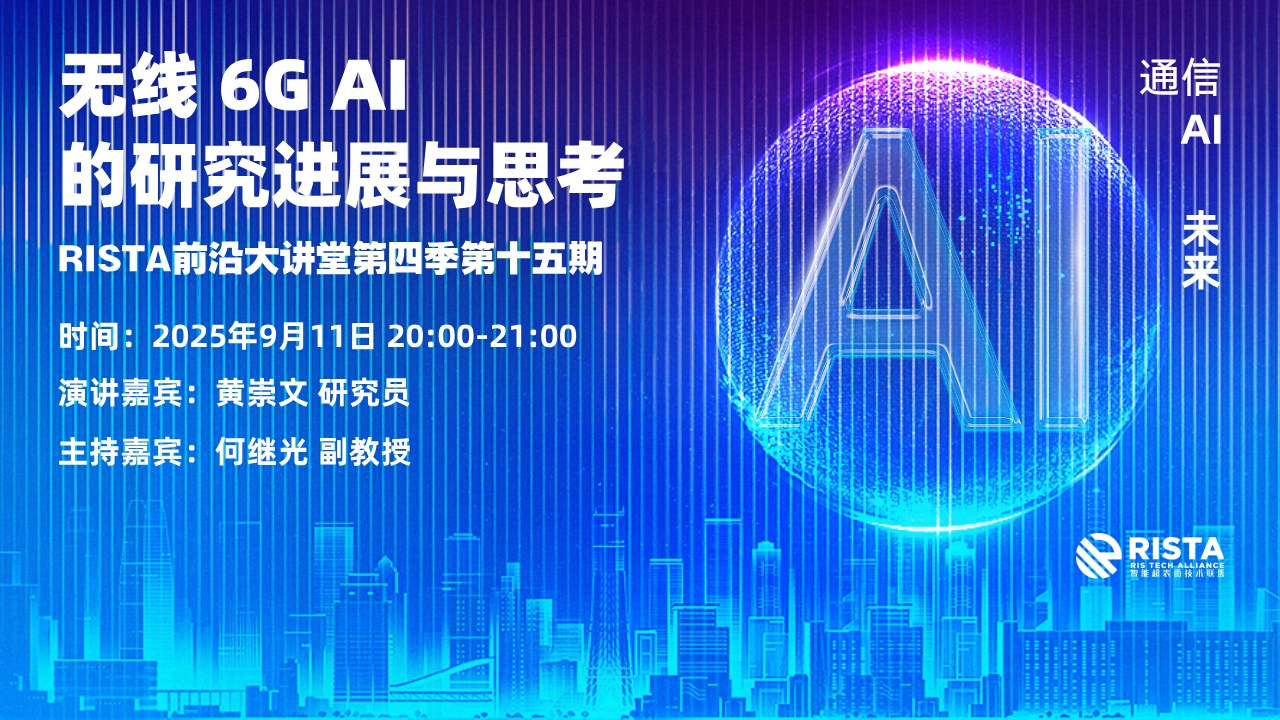The 2nd RIS TECH Forum will take place in Hangzhou on February 12, 2023.Here are the online preview videos from members of RISTA.Click “Read the original text” to the forum official website to get all videos.
RIS TECH Forum Online Preview 7: Tsinghua University(F. Yang, L. Dai and S. Xu) and Beijing ACTENNA Technology CO.,LTD:Demo:Low-power communications based on RIS and AI for 6G.
Introduction: You can get details of the Demo from the paper of the same name.M. Cui, Z. Wu, Y. Chen, S. Xu, F. Yang, and L. Dai, “Demo: Low-power communications based on RIS and AI for 6G,” in Proc. IEEE International Conference on Communications Workshops, May 2022. (IEEE ICC 2022 Outstanding Demo Award).
RIS TECH Forum Online Preview 8: Sensor Company:Millimeter-wave liquid crystal RIS.
Introduction: Millimeter-wave liquid crystal RIS (Reflected type) adopts reflected LC phase shifter and reflected array technology, which can realize continuous beam adjustment by controlling the deflection of LC molecules. It has the advantages of simple architecture, low cost and light weight, and can be applied to the hot spot blind area coverage of 5G mmWave /6G high frequency network. LC RIS adopts mature LCD technology and can realize mass manufacturing at low cost based on the existing production line of display enterprises.
The samples in this exhibition are the module and product prototypes of reflected LC RIS antenna applied in 5G millimeter-wave band. The target scene is hot spot blind area coverage in 5G mmWave /6G high frequency network. Some important technical indicators are as follows.
Operation frequency: 24.25~27.5GHz;
Reflected beam scanning range: -60°~+60°;
Phase shift accuracy: 5bit;
Power consumption: <2W.
RIS TECH Forum Online Preview 9:The National Digital Switching System Engineering Technology Research Center:the Holo-Entropy Reconfigurable Optimized (HERO) antenna.
RIS TECH Forum Online Preview 10:CICT Mobile Communication Technology Co., Ltd.:The millimeter-wave multi-stream massive MIMO transmitter platform based on RIS.
Introduction: CICT Mobile has long been committed to the research and exploration of engineering applications of 6G key technologies, and has made significant progress in massive MIMO transmission technology based on RIS. The millimeter-wave multi-stream massive MIMO transmitter platform based on RIS, jointly developed by CICT Mobile and Peking University, utilizes RIS to form a large-scale antenna array with flexible beam forming capability, which can realize efficient data transmission with hybrid digital and analog multi-stream
beamforming.
RIS TECH Forum Online Preview 11:Nanjing University:RIS- assisted wireless communication signal enhancement systems.
Introduction: Research team at Nanjing University led by Professor Yijun Feng proposed several RIS-assisted wireless communication signal enhancement systems, and achieved good research results with a series of theoretical researches and experimental investigations. The team developed different high-efficiency reflective RIS prototypes to overcome the problem of high insertion loss, including electrically controlled 1-bit/2-bit RIS and electro-mechanical RIS with continuously/discretely tunable phase. With a variety of indoor complex scenario tests, it shows that the communication signal quality is significantly improved. The team also developed an omni-directional intelligent surface to reduce the deployment density and make full use of space resources. The communication signal quality of the forward and backward space are both significantly improved in indoor scenario tests.
RIS TECH Forum Online Preview 12:Prof. Shun Zhang’s group from Xidian University:The 3.5GHz two-bit RIS aided communication system
Introduction: The video shows the 3.5GHz two-bit RIS aided communication system from Xidian University. The main component of this sytem is the RIS sub-array with 16X16 elements, and can support upto 16 RIS sub-arrays. The beam scanning range of the RIS sub-array is ±60 °, and the 10Gbps high-speed GTX transceiver is utilized for the codebook refresh. The communication terminal with full protocol stack, which is developed by Xidian University, is adopted for the real-time collection and display of the comminication parameters. In indoor environment, the maximum beamforming gain of RIS is 18dB, and the maximum 13dB gain can be obtained compared with the metal plate. In the corridor environment, the average gain of 11dB can be obtained.
–End–
RIS TECH Forum Online Preview Series

